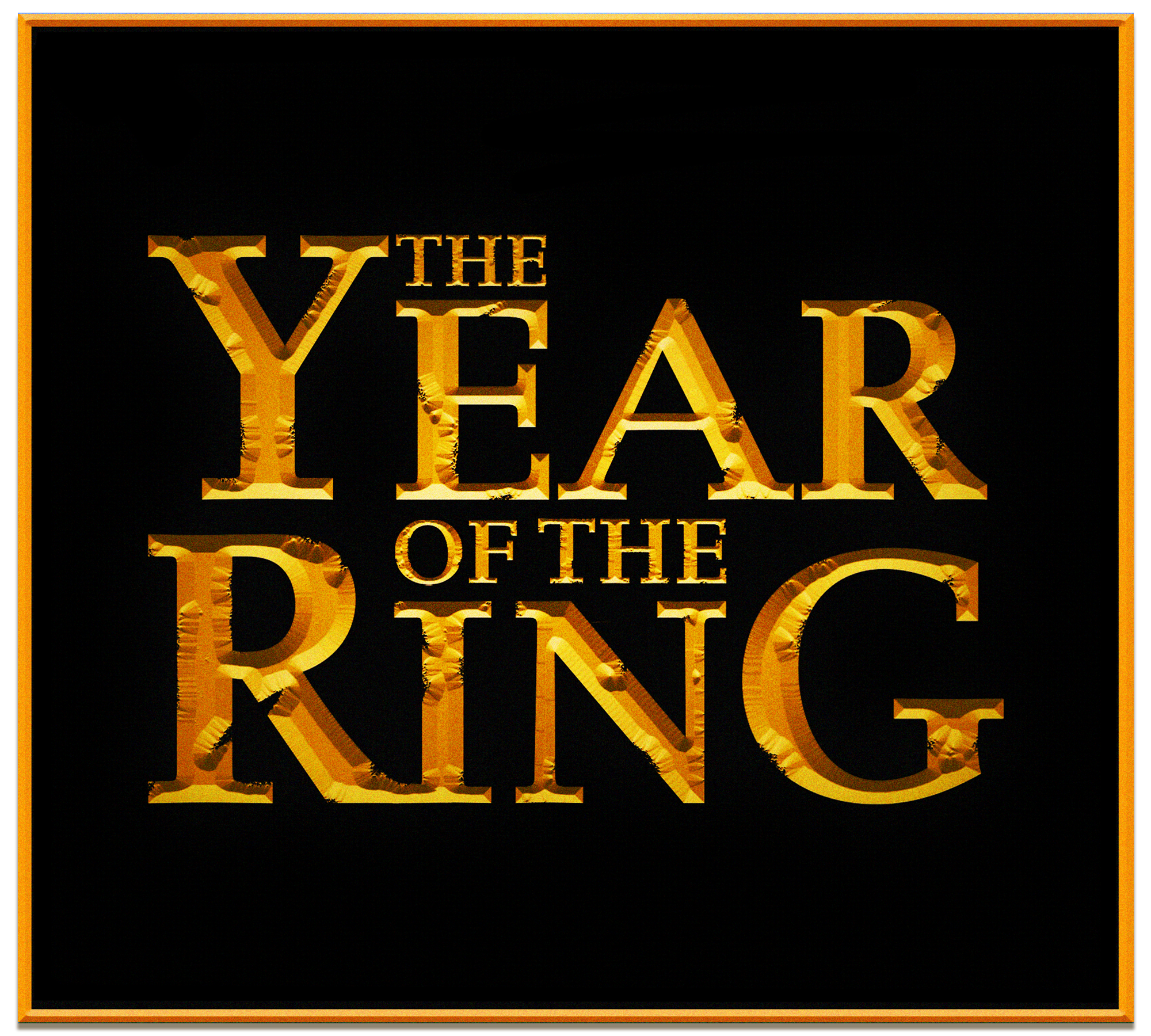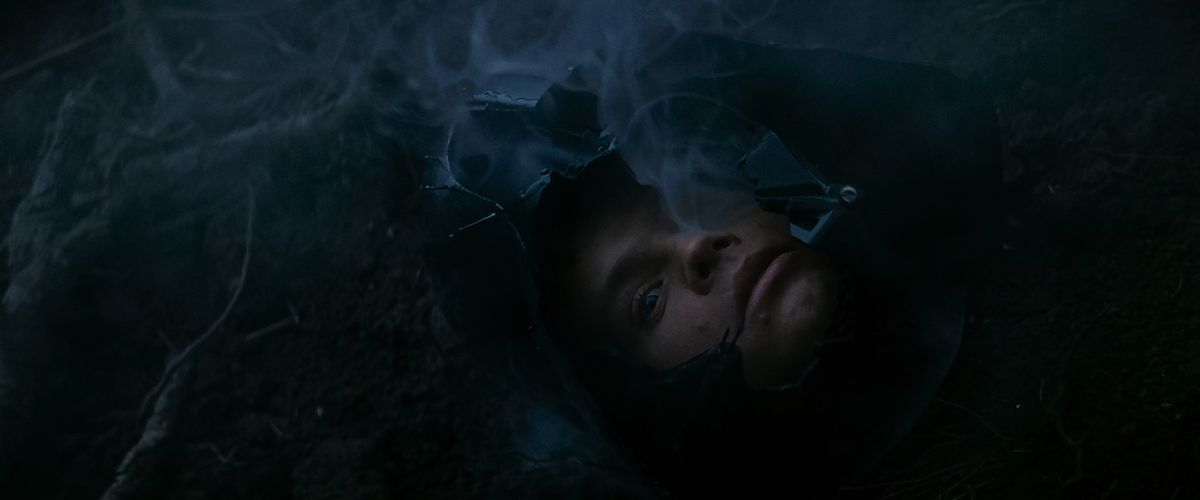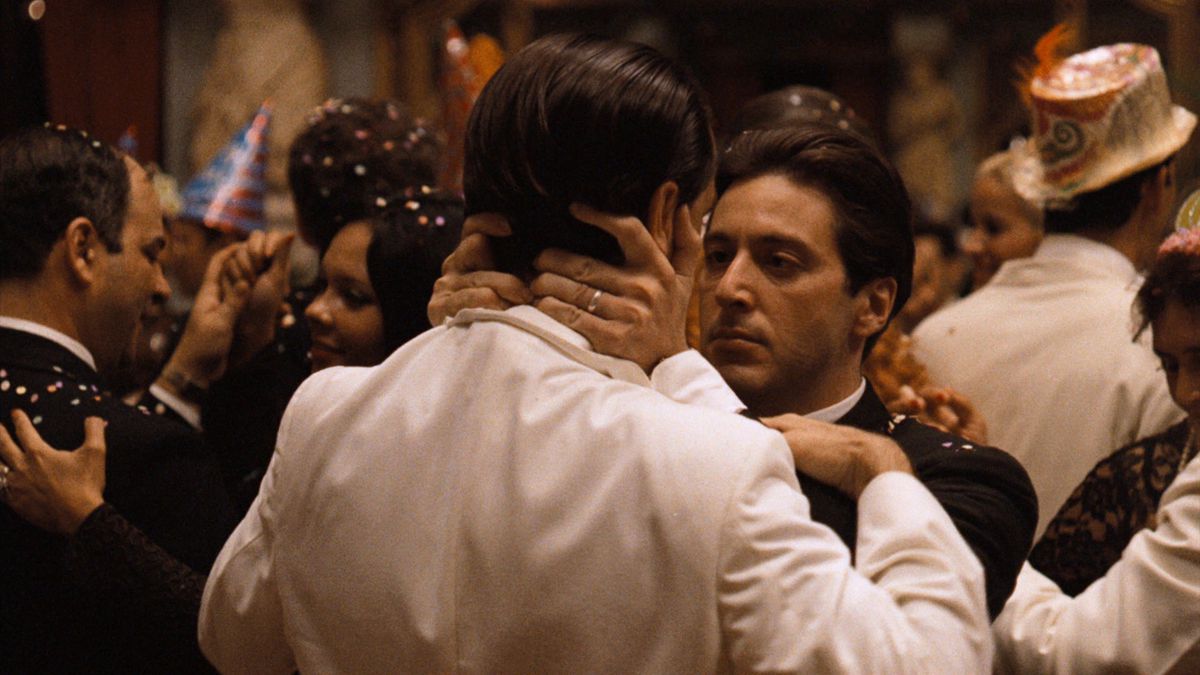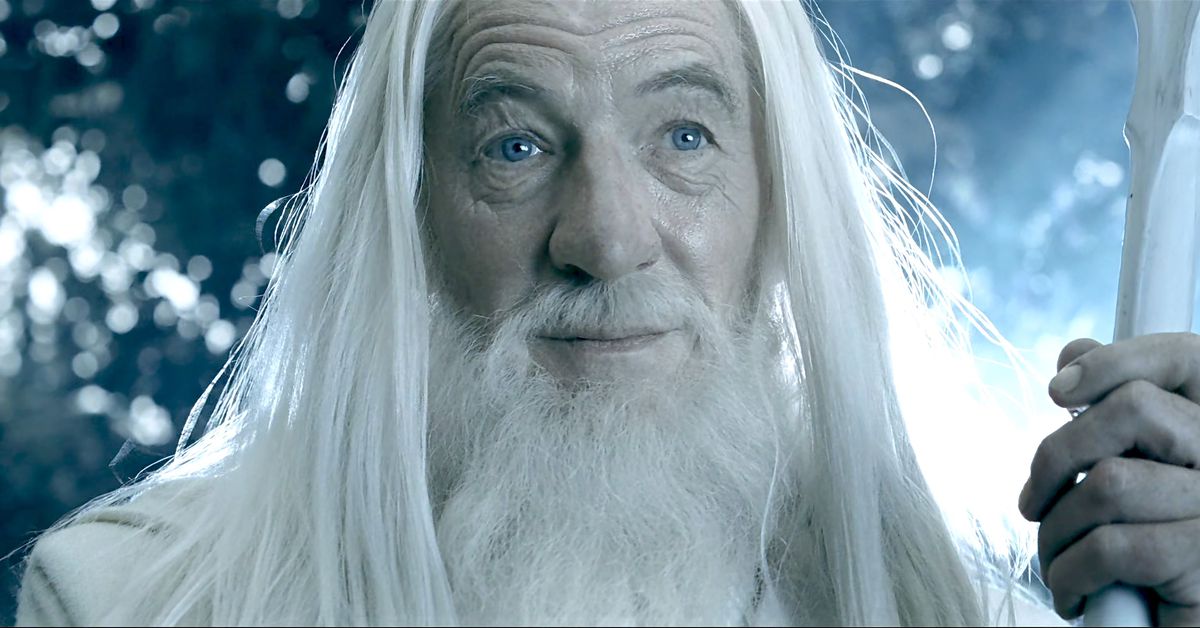First and last impressions are important. Likewise, in movies, the first and last installments of franchises are the ones that often receive the most amount of fanfare and remembrance. This was no different for the Lord of the Rings movie trilogy, where the anticipation of The Fellowship of the Ring and the “last hurrah” of The Return of the King were both carried on as two of the strong points of the trilogy.
The Two Towers, on the other hand, was met with the industry recognition of “Oh yeah, that one was pretty good too.” Not good enough to garner Peter Jackson a Best Director nomination at the Oscars, like Fellowship and King, nor good enough to receive double-digit nominations like those two. But good enough to be a sturdy bridge between the trilogy’s impeccable bookends.
There may never be a consensus on whether The Lord of the Rings: The Two Towers is the best of its trilogy. But there’s one thing everyone should acknowledge: The Two Towers is a prime example of how a “bridge film” can exceed its functional purpose — and become a standalone masterpiece.

2023 marks The Lord of the Rings movies’ 20th anniversary, and we couldn’t imagine exploring the trilogy in just one story. So each Wednesday throughout the year, we’ll go there and back again, examining how and why the films have endured as modern classics. This is Polygon’s Year of the Ring.
Jackson’s Two Towers isn’t the only exemplary sequel/middle installment in the canon of cinematic franchises. The Empire Strikes Back and Star Trek: The Wrath of Khan are widely considered their respective series’ zenith, and other films like Aliens, Superman II, Terminator 2: Judgement Day, and The Godfather Part II have won a sizeable number of appreciators who consider them as a one-up on their predecessor.
But the middle installment of the Lord of the Rings trilogy is a masterclass in how to make a functional movie sequel. Peter Jackson and his collaborators don’t simply adapt J.R.R. Tolkien’s material. Instead, they lean into what make great movie sequels work by upping the moral stakes, building bigger spectacles that only go deeper on characters, and using unique narrative structure to build on the mythos of the previous films.
The script for The Fellowship of the Ring does the necessary job of establishing the moral themes of the trilogy, that the greatest forms of courage are in resisting the dark temptations of power and greed. But even more than its sibling films, The Two Towers builds on the events of Fellowship to call into question the nature of war, death, and fate of mankind. While the trilogy has become a pinnacle for its expertly crafted battle sequences (who doesn’t love Legolas riding his shield like a skateboard down the steps of Helms Deep shooting arrows at Uruk-hai?) its middle installment never forgets to blur the fantasy trope rules of what constitutes good and evil.
Sam begins to witness Frodo’s slow succumbing to the power of the Ring and his increasingly agitated personality, giving Gollum the benefit of doubt over his own confidant. When Sam beckons to him in Osgiliath, asking “Can you hear who you sound like?” when Frodo begins calling The Ring “his and his own,” it plunges their friendship and trust into a vulnerable position, where Frodo is beginning to cross the line of his role as protagonist. This isn’t dissimilar in its moral reckoning to the iconic ending of The Empire Strikes Back, where Luke must confront the discovery that the Dark Side is an inherent part of his own familial bloodline. With these moments, great sequels take ideas introduced by the original film and challenge them further, leaving the audience to reconsider their preconceptions of characters and stakes.

Image: Lucasfilm
Sequels are often asked to be bigger and more spectacular than their predecessors, but great sequel separate themselves from the empty ones by using that extra firepower to build depth and complexity to its characters’ purpose. In Terminator 2: Judgement Day, James Cameron uses apocalyptic dream imagery to depict the stakes of Sarah and James Connor’s mission, beyond a vague destiny of “saving mankind.” The iconic nuclear explosion sequence shows the biological and natural connection between parent and child, making the fight not only between man versus machine, but nature versus technology. Cameron also uses the T-800 (Arnold Schwarzenegger) as a dramatic proxy between humans and the machines they create, signifying that there is a hope for a future of possible coexistence.
Likewise, in The Two Towers, the natural elements of Middle Earth and the industrial machinery of the Orc army come into explosive conflict. Merry and Pippin’s journey into Fangorn Forest and the subsequent battle between the Ents and Saruman offer greater philosophical questions of man’s struggle between safeguarding the natural world and the need for modern advancements. Many environmental interpretations of Tolkein’s work argue how the Orcs are a metaphor of man coming under the enslavement of the machines he builds, while the Ents a metaphor for man’s harmony with nature. These intersecting themes culminate in the March of the Ents, one of the most emotionally cathartic moments of the trilogy, where sweeping camera movements follow Ents as they descend on the dark metallic structures of Isengard, suggesting the reclaiming of land by forces of nature.
All sequels get a chance to expand on the world established by their predecessors, but great ones add layers and complexity to the narrative. Francis Ford Coppola nonlinearly juxtaposes Michael Corleone’s slow demise as the family patriarch with his father’s slow rise to becoming a feared mafioso, intensifying the symbolic brilliance of The Godfather Part II. In The Two Towers, screenwriters Jackson, Fran Walsh, and Phillipa Boyens shifted around Tolkein’s original non-linear story structure, which tells the full story Aragorn, Legolas, and Gimli’s, as well as and Merry and Pippin’s, adventures in Rohan before leaping back in time to follow Sam and Frodo to the tower of Cirith Ungol. Instead, the film Two Towers intertwines all three arcs, and leaps between them, giving The Two Towers a brisk pace that makes its three-hour runtime fly by.

Image: Paramount Pictures
The structure also allows for referencing and juxtaposing advancements in each character’s journey, teasing and foreshadowing their eventual crossing of paths. As Frodo and Sam are captured by Faramir and his rangers, and forced into a confrontation with the Nazgul at Osgiliath, Gandalf tells the Fellowship that the battle for Middle Earth has just begun, signaling an even bigger battle with greater stakes is to follow Helm’s Deep, and it will include Gondor. Sam’s final monologue in the movie serves as a commandment for the entire series, bringing the various paths thematically together and addresses the mistrust, doubt, and fear that has set into the characters’ lives, but also giving hope that the great stories are the ones where the heroes overcome the worst odds.
To say that The Two Towers is the heart and soul of the trilogy is no exaggeration — Sam’s closing speech is chief among the franchise’s most quoted inspirational lines. The middle child of LotR picks up from Fellowship and goes bigger and more ambitious, but not in a merely aesthetic or technological way. Through its split story structure, humanism, and complex character development, The Two Towers transcends the dismissive label of “sequel.”
There are plenty of other examples of great blockbuster sequels, but none of them use as many tools in the sequel-crafting box; none are such a universal example of how to do a sequel right. The Two Towers is a perfect launching pad for the trilogy’s riveting conclusion, and its own great story.
Polygon – All
Source link
Related Post:
- Comic Con: Dune’s future goes beyond new movie or sequels with books, comics
- Theater Mechanicus 2.0 — Best towers and characters
- Lord of the Rings movies broke the nerd culture wall for Marvel
- Lord of the Rings’ Boromir death scene revived soft masculinity with a kiss
- The history of Boromir’s Walk to Mordor meme is Lord of the Rings magic
- Where Lord of the Rings elves really go when they die
- Lord of the Rings reinvented Tolkien’s story by adding Aragorn’s horse
- Magic: the Gathering crossing over with Fortnite, Street Fighter, Lord of the Rings, and more
- The first note in the Lord of the Rings score has an ancient history
- Lord of the Rings orcs having meat on the menu is actually a weird trope
